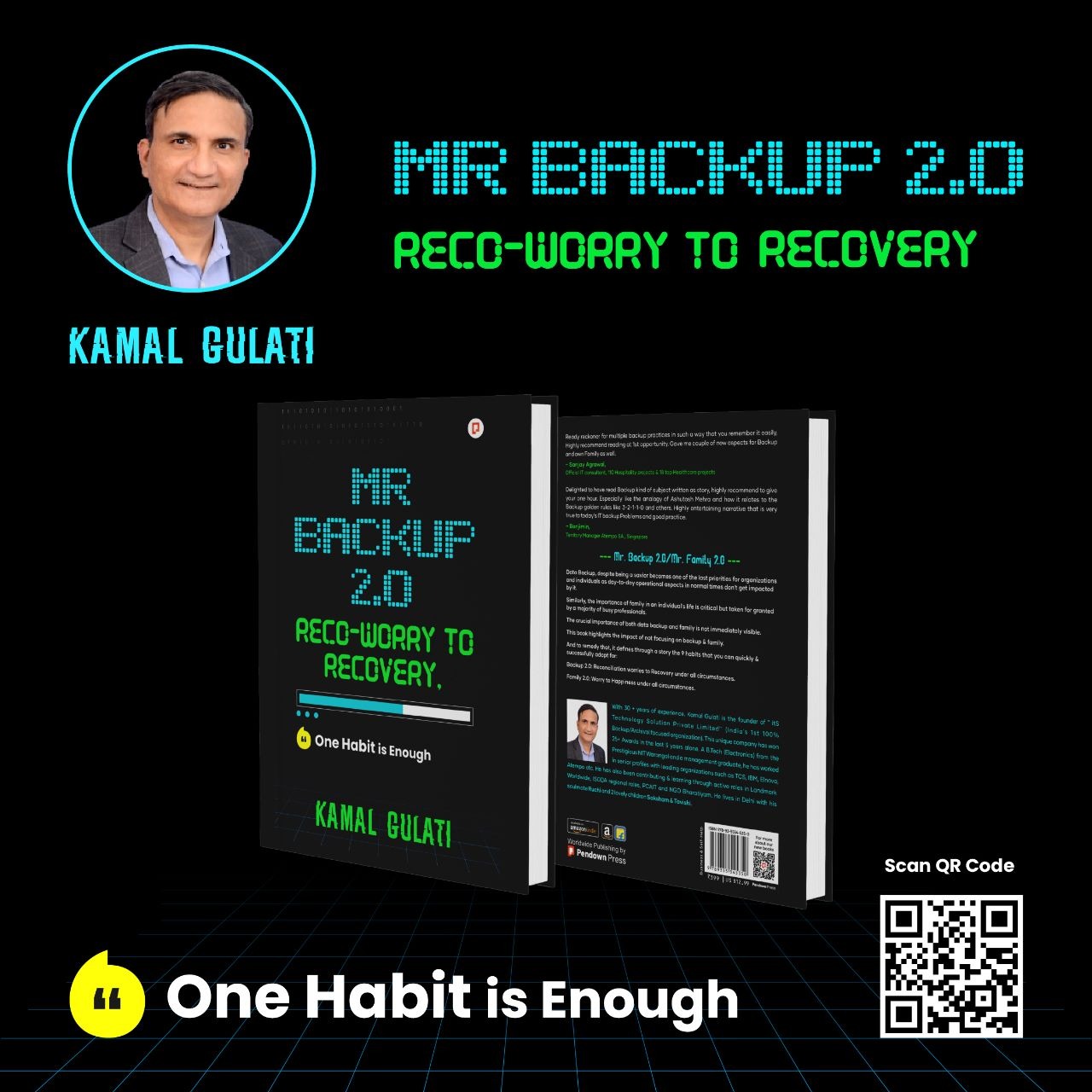Cloud Migration
Miria manages cloud migrations for large data sets in any direction
Atempo Miria offers Cloud migration integrated with most of the major cloud service providers, such as Google Cloud, Amazon AWS, Microsoft Azure, Wasabi, IBM Cloud, etc.
Whatever your workload (synchronization, migration, archive or backup), we give you back the choice of where to store your unstructured files : on-prem, hybrid cloud and public cloud.
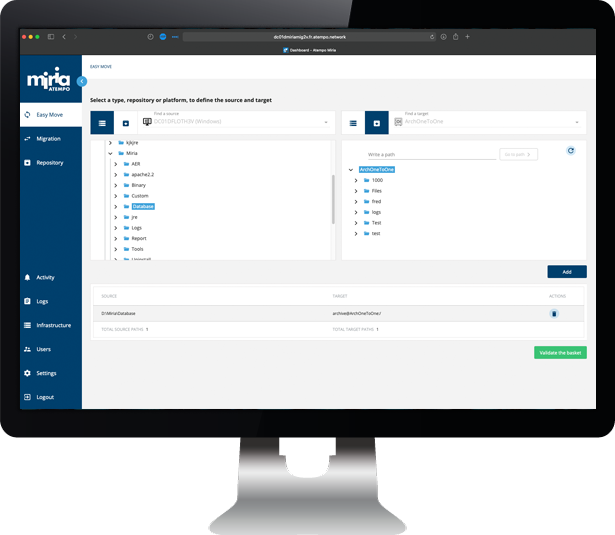
3 Typical Cloud Migration Use Cases
Cloud Storage is a great asset to any modern data management strategy due to its infinite capacity, high availability and managed characteristics. The standard direction for data today is to migrate from on-prem to cloud. But reverse cloud and cloud-to-cloud are rapidly gaining traction.
Below are the three typical Cloud Migration Use Cases that organizations need to consider to protect their large data sets:
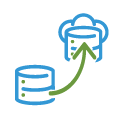
LOCAL TO CLOUD MIGRATIONS
Moving precious data sets to the one or more Cloud provider. Local or on-prem to Cloud migration is performed to transfer data workflow management and to reduce infrastructure costs. Low multi-tier storages are available at low costs even for very large volumes of data. The crucial challenge is to have a centralized tool for managing data sets which often have several target storages such as object, tape, disk, cloud.
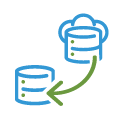
REVERSE CLOUD MIGRATIONS
Moving data from Cloud locations back to On-prem storages.Reverse Cloud Migration can be necessary to access data for compute purposes or on-site modifications (HPC or M&E environments for example). Cost can also be a factor if cloud storage and egress charges are too high. Although the public cloud is here to stay, the need for on-prem storage remains ever-present; regulatory issues, data governance, economic factors combine to make on-prem necessary for partial or even complete data set storages.
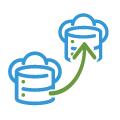
CLOUD-TO-CLOUD MIGRATIONS
Changing Cloud provider to increase productivity & reduce budgets. Cloud to Cloud migrations are becoming increasingly frequent. The reasons for switching to a new cloud can be numerous: storage and egress costs, cloud provider localization, data management efficiency or a need for different services. There should now be no reason to remain with a cloud provider if a change will benefit your business and your workflows.
Benefits of Cloud to Cloud Migration
Migrating data between clouds can offer many benefits: lower operating costs, greater elasticity and greater flexibility. When migrating to the cloud, you need to consider both the app and its data. Data migrations between clouds require careful planning and execution, as the volumes of data can be large.
The 4 Challenges to Migrating Data to and from a Cloud

The cost of storing data in the cloud may be low. But recovering your data locally or changing your cloud provider can be complex, long and costly.

Sometimes moving colder tier data to on-prem or another private or public cloud storage can makes sense from a storage, compliance and financial point of view.

Time is money. Waiting and paying to get data from the cloud can be prohibitive. Having data on-prem or another cloud could save you time and money.

It's all about freedom of choice in the end and what's best for your company, your data and your finances. The ability to migrate your data should always be an option.
4 STEPS TO SUCCESSFUL CLOUD MIGRATIONS:
- Define what data you need to migrate from the source storage and select the new public or private cloud provider(s) to host you data.
- Prepare the source storage and configure Atempo Miria to launch the data movement between storages. Production constraints, data locations and network requirements must be analyzed.
- Monitor the transfer of data between storages. Transferring petabytes of data over the internet requires regular synchronizations of new and updated data. Miria manages data flows and reports on progress.
- When the migration is complete, the cutover to the new cloud or on-prem storage is performed. Miria provides detailed security and integrity checks plus full reporting.

Push button approach to reading the on-prem and cloud source to transferring data to the new storage destination(s)

Start migrating almost immediately. You choose what to move and when. Miria takes care of the rest!

Speed up or slow down migration performances with the simple addition or removal of a Miria Data Mover.

Miria is an open solution which includes migration and synchronization between Clouds and many other heterogeneous storage targets.

